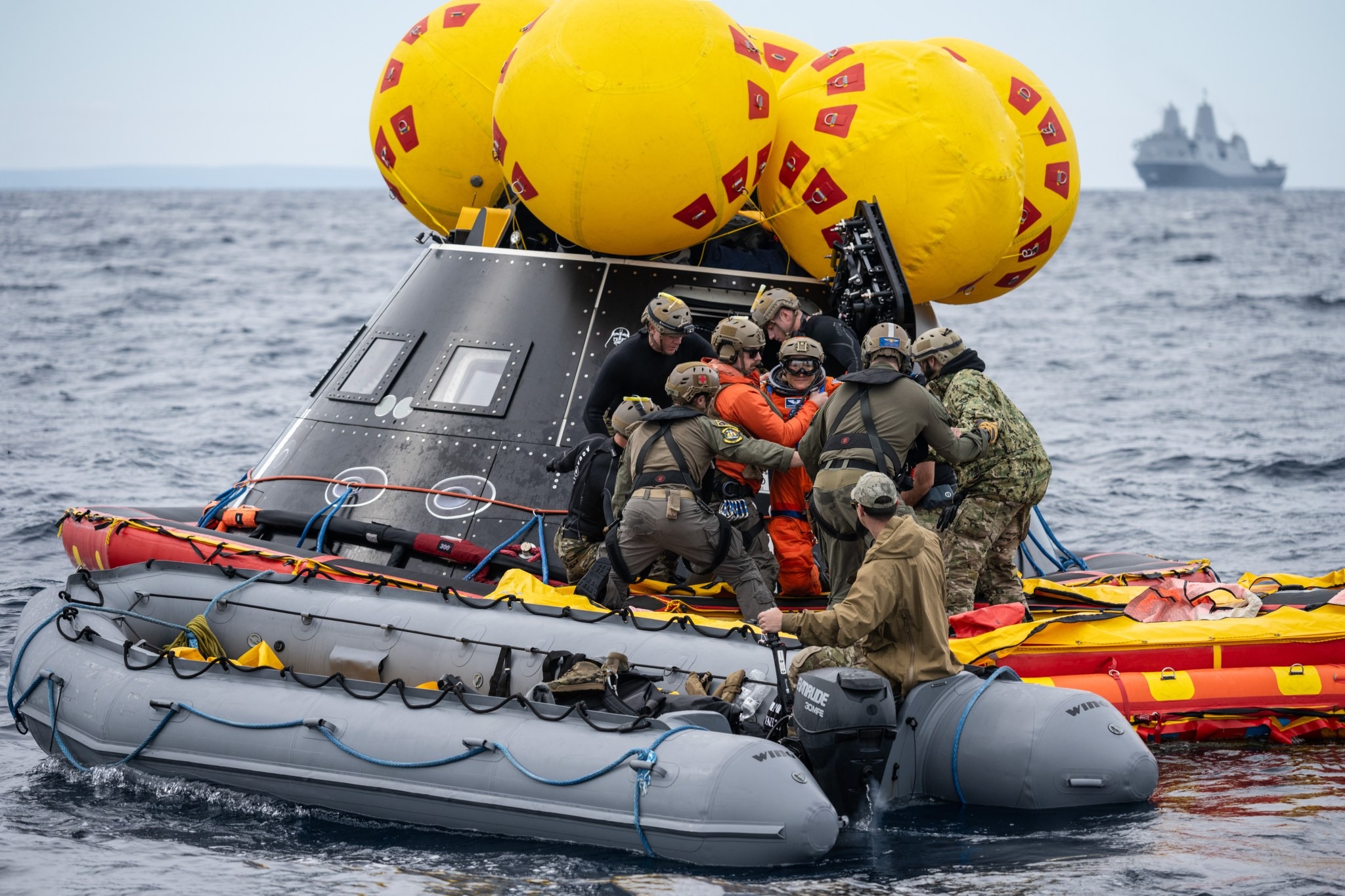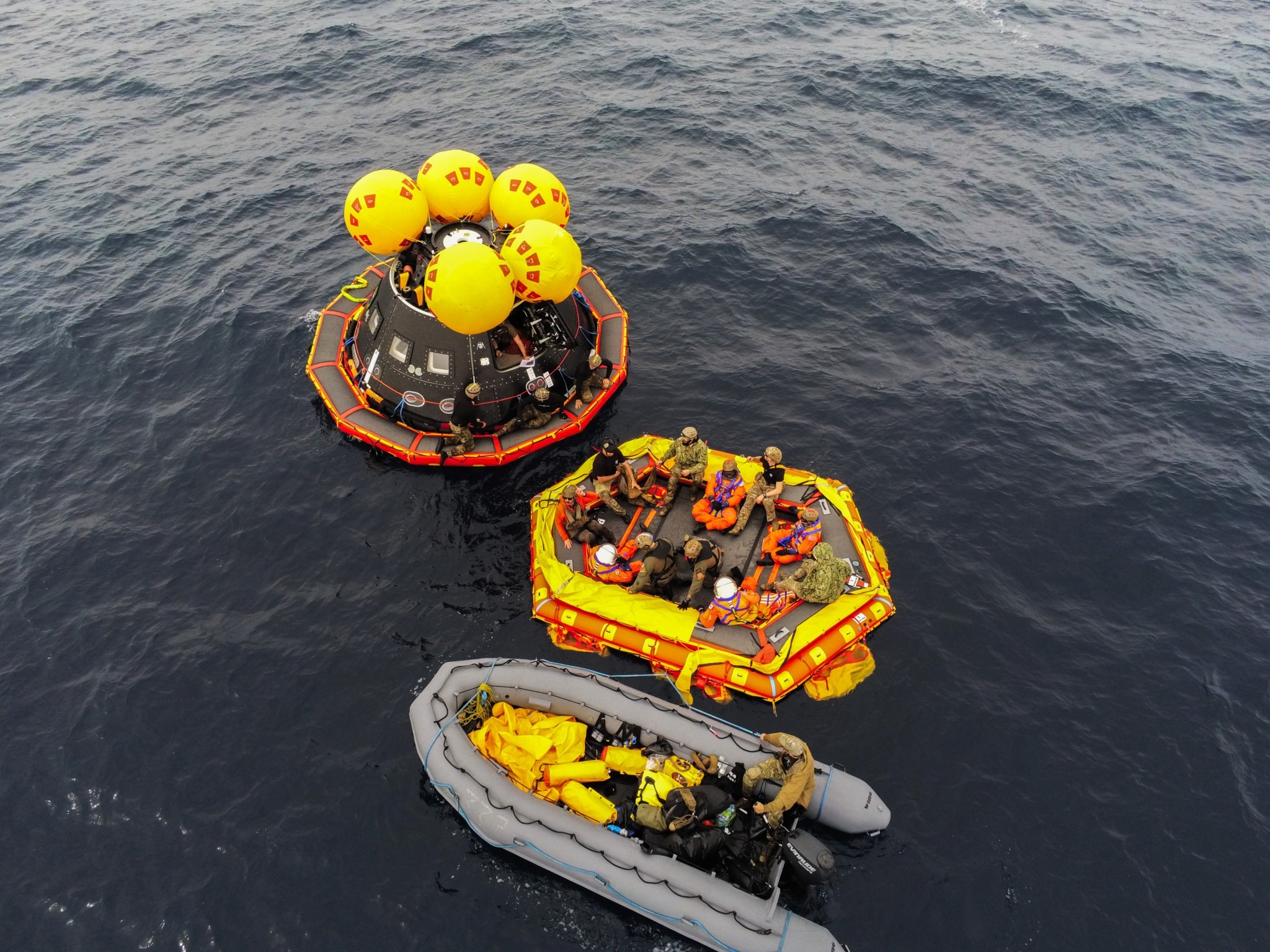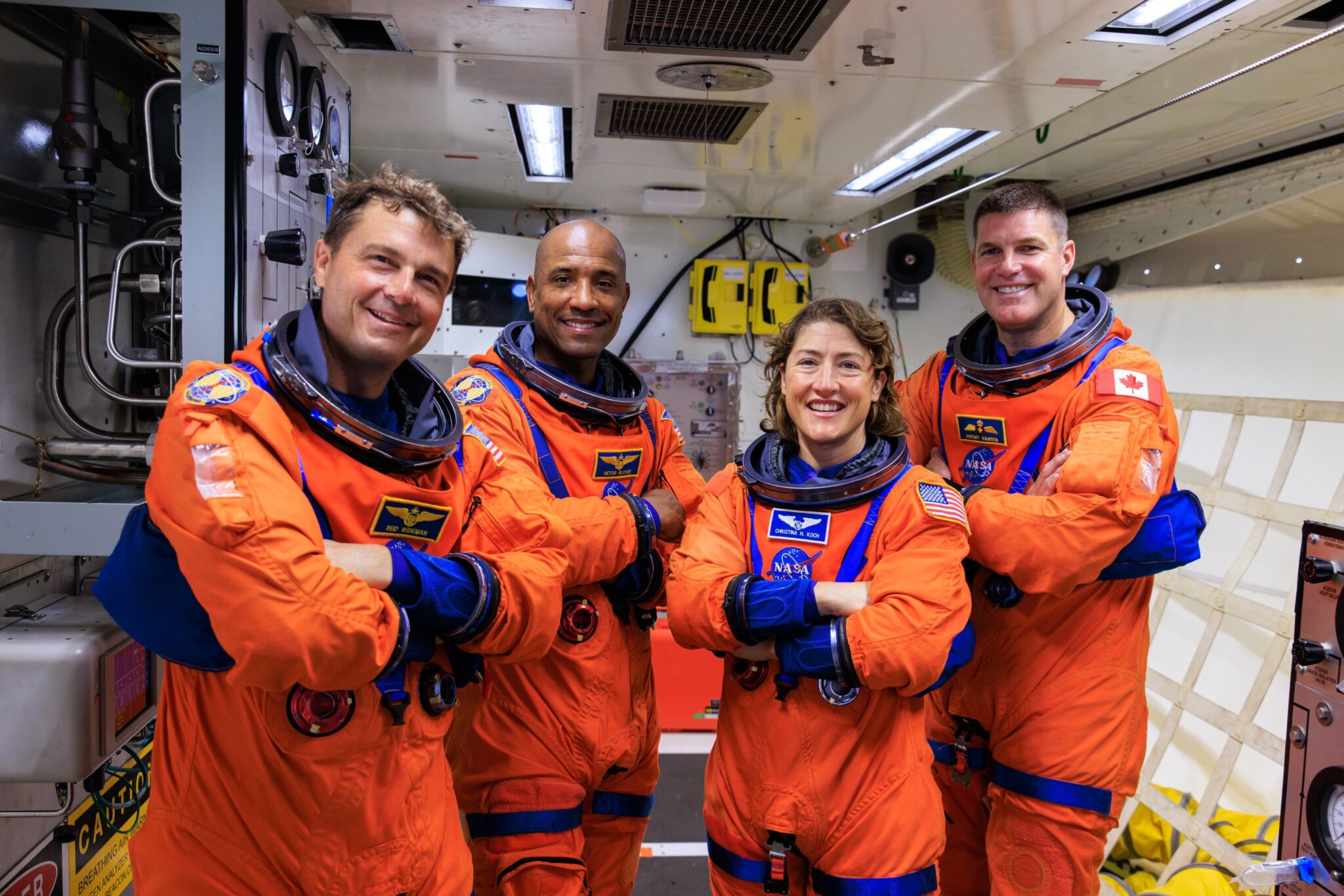Recently, the crew of the Artemis II spacecraft, consisting of Reid Wiseman, Victor Glover, Christina Koch and Jeremy Hansen, received disappointing news: their manned mission to the Moon was postponed for at least 10 months – to September 2025. The decision was related to the need to solve security-related problems. Although the extra time allows the space agency to prepare the necessary equipment, the Artemis II crew has been given the opportunity to better prepare for a mission to the moon.

Last month, four astronauts trained to practice the final stage of their 10-day mission to the Moon: descent to the surface of the Earth. For this purpose, a mock-up of the Orion spacecraft was placed in the Pacific Ocean for maximum realism, where the astronauts felt themselves in a tight capsule while oscillating on the waves.
When the astronauts return from their real space journey next year and land in the ocean, a joint NASA and Department of Defense team will be waiting off the coast of California to remove them from the Orion spacecraft and transport them to a nearby Navy ship.

When Orion splashdown, a team of Navy divers in small boats will first evaluate the capsule to make sure there are no hazards. After permission to approach is received, the teams will stabilize the capsule and install an inflatable lifebuoy on the spacecraft. Divers will also install an inflatable raft under the Orion side hatch, which will help them get out comfortably. After the crew exits the capsule, the raft will be moved about 100 meters away from Orion so that the astronauts can be lifted aboard a helicopter and transported to a military ship that will be waiting nearby. There, the astronauts will be taken to the medical bay for examination. Subsequently, the crew will fly by helicopter back to shore and then to the Johnson Space Center in Houston, Texas.
“Our highly choreographed recovery operations will help ensure the final phase of NASA’s first crewed mission to the Moon in more than 50 years ends as a success,” said Lili Villareal, NASA’s Director of Landing and Recovery.

The Artemis II crew will be put into orbit by a new NASA’s Space Launch System rocket when launched from the Kennedy Space Center in Florida. During the flight, the crew will approach the surface of the Moon at a distance of about 120 km, and then fly around the Moon and return to Earth. The successful mission will pave the way for a crew landing on the moon, which is now scheduled for 2028.
Earlier, we reported on how the astronauts of the Artemis-2 mission would eat Canadian cereals and cookies with maple syrup.
According to NASA
Follow us on Twitter to get the most interesting space news in time
https://twitter.comne/ust_magazine


